Panchaka Muruja is a significant and vibrant tradition observed in Odisha, especially during the auspicious month of Kartika. This five-day ritual is dedicated to Lord Jagannath and involves the creation of intricate and colorful rangoli designs known as Muruja. Let's delve into the essence of this beautiful tradition and its cultural significance.
 |
| Panchaka Muruja by Pratyusini |
The Significance of Pancha Muruja on Panchaka
Panchaka Muruja is observed during the last five days of the month of Kartika, starting from Bada Ekadashi and culminating on Kartika Purnima. These five days are considered highly auspicious, and devotees engage in various rituals and offerings to seek the blessings of Lord Jagannath.
The Art of Muruja
Creating Muruja is an art that requires skill and creativity. Devotees use natural materials to make the colors for their designs. White powder is obtained by grinding stones, green from dry leaves, black from burnt coconut shells, yellow from marigold petals or turmeric, and red from red clay or bricks. These colors are used to create intricate patterns and designs that adorn the floors of temples and homes.
Cultural and Spiritual Significance
Pancha Muruja is not just a ritual; it is a celebration of devotion, culture, and tradition. It brings together communities and families, fostering a sense of unity and shared heritage. The vibrant colors and intricate designs of Muruja are a testament to the artistic and spiritual richness of Odisha.
Pancha Muruja is a beautiful and meaningful tradition that highlights the deep-rooted cultural and spiritual heritage of Odisha. It is a time for devotion, creativity, and community, bringing people together in celebration of their faith and traditions. Whether you are a devotee or simply an admirer of Indian culture, Pancha Muruja offers a glimpse into the vibrant and rich traditions of Odisha.
All these designs are taken from Truptimayee Pradhan, Sushree, Bikash Behera, Prasant Mahapatra, Sugyani Bhatta, Rajashree Sahoo, Sushree Sangita Priyadarsini, Pravartika Nayak and Manas Muduli.




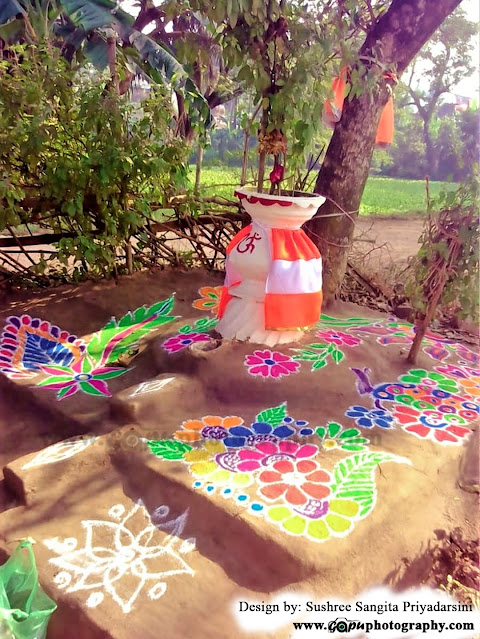

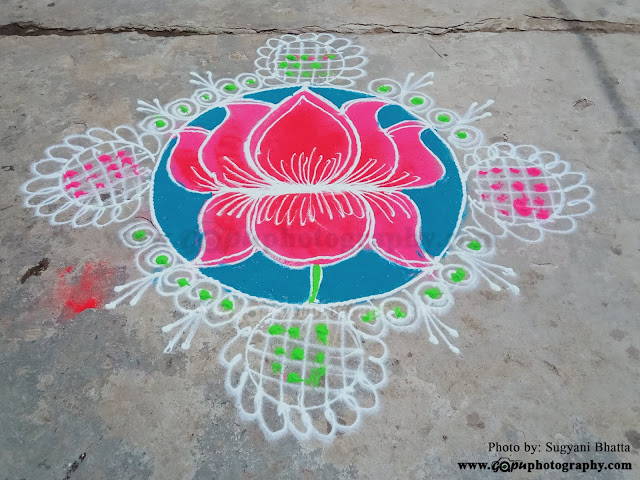


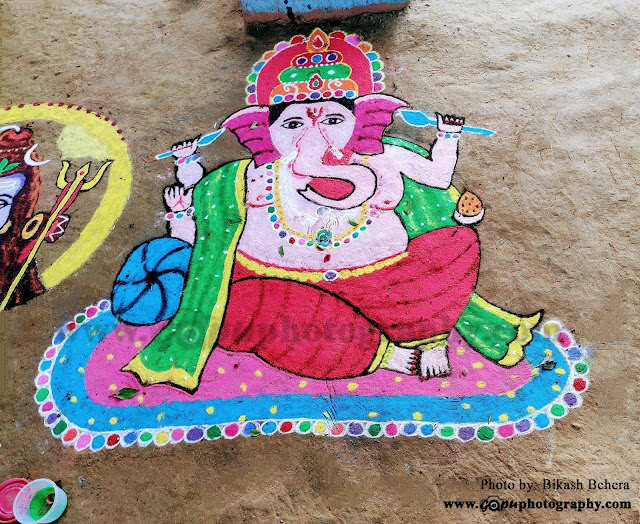




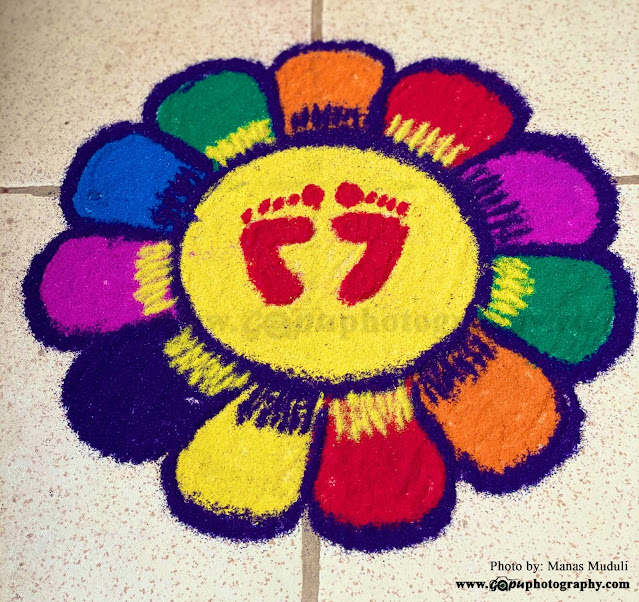
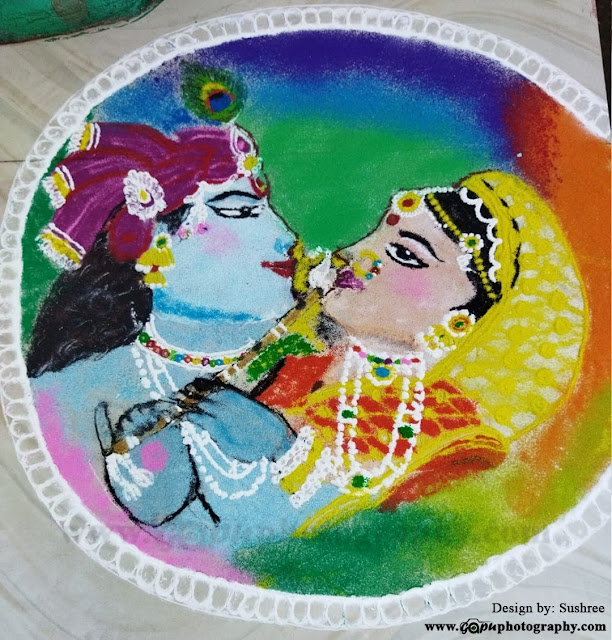
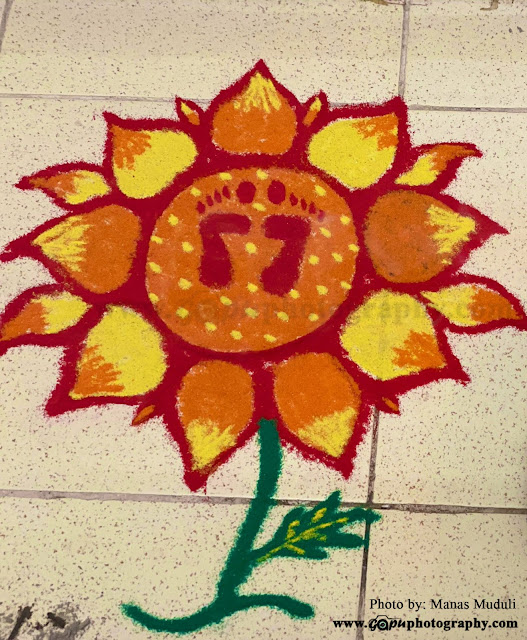
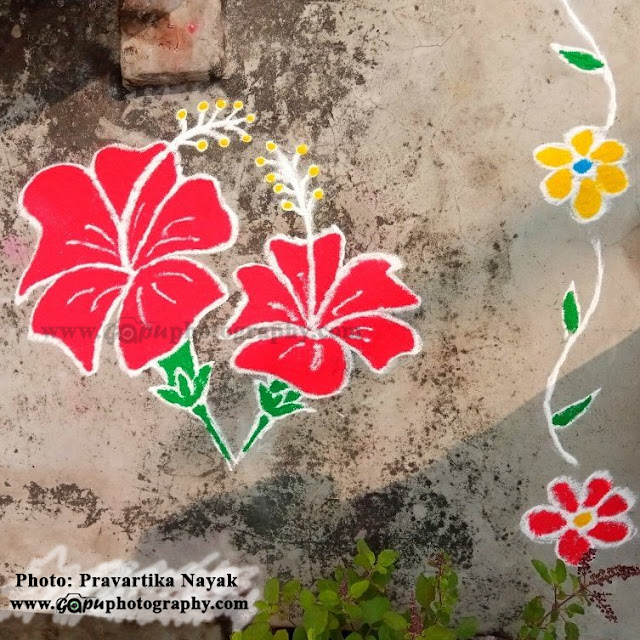






0 Comments